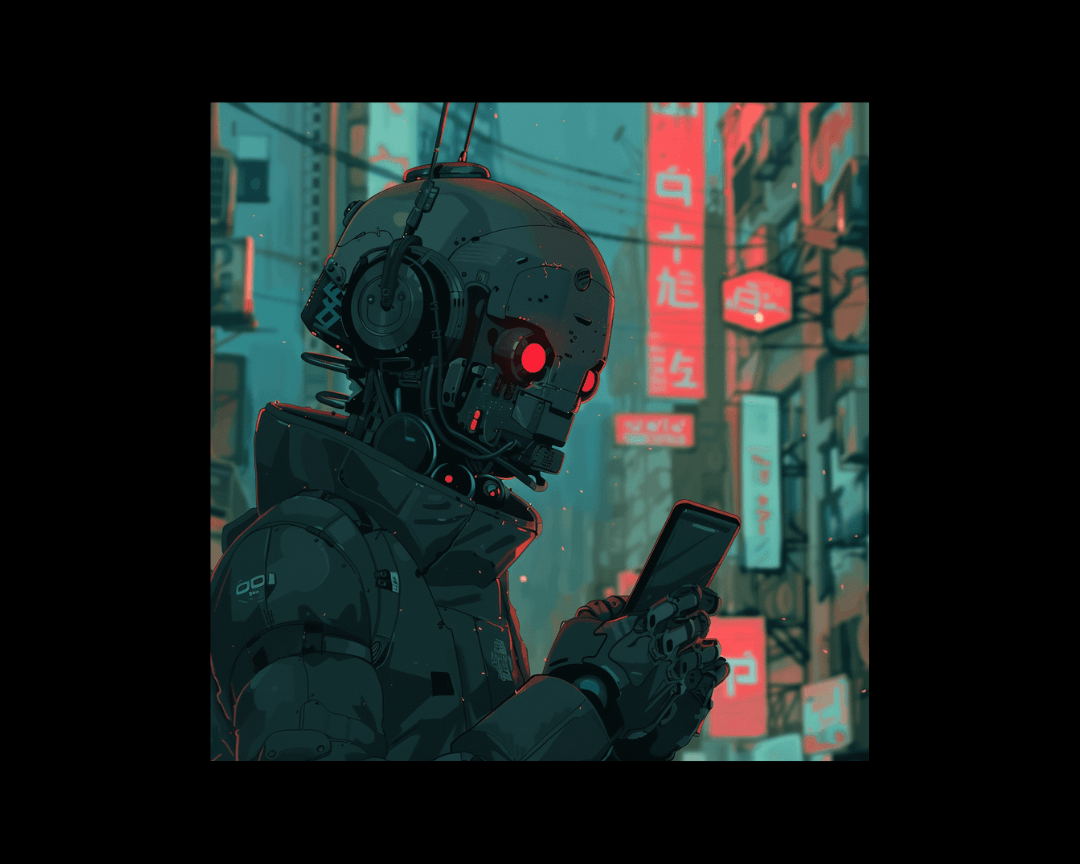TikTok Labels AI-Edited Content
TikTok, the popular short-form video platform, released a game-changing update: a new label that creators can apply to their content to indicate when...

In a world where AI-generated content is becoming more prevalent, TikTok refused to be left behind. The social media giant announced a game-changing move to help creators and users navigate the murky waters of artificial intelligence on the platform.
So, why did TikTok suddenly care about labeling AI content? The company realized that AI-generated posts could potentially bamboozle and mislead viewers. Shocker, right?
But in all seriousness, TikTok had already updated its policy to address synthetic media—the kind of stuff that uses realistic images, audio, or video to create deep fakes and other deceptive content. The platform required users to clearly label this type of AI-generated material to help viewers understand the context and prevent the spread of misinformation.
However, TikTok acknowledged that not all AI content falls into the "intentionally misleading" category. There's a gray area of posts that toe the line between real and fake, where transparency becomes crucial. Users deserved to know whether AI had heavily edited or wholly generated the content they consumed.
Exciting stuff, right? You should keep reading, then.
To address this need for transparency, TikTok introduced a new tool that made it a breeze for creators to label their AI-generated content. The tool helped creators comply with the existing policy around synthetic media and allowed them to label any other content that had been significantly altered or created using AI.
Here's how it worked: when a creator uploaded a video, they could use the new tool to indicate whether the content was AI-generated. If they chose to do so, TikTok displayed a message below the creator's username, letting viewers know that the video had been labeled as such.
The best part? TikTok didn't expect creators to go back and relabel their past videos retroactively. The tool was all about moving forward and encouraging transparency in the future.
But TikTok didn't stop there. The company also revealed that it was developing a way to detect and label AI content automatically. This week, it began testing an "AI-generated" label that would eventually be applied to any content that TikTok's algorithms identified as having been edited or created with AI.
Now, TikTok was pretty tight-lipped about how this technology would work. They weren't about to spill the tea and risk allowing bad actors to find loopholes and work around the detection capabilities. Fair enough, TikTok. Keep your secrets.
However, the company did disclose that it was testing different detection models for AI and "assessing" partnerships with provenance companies. These partnerships aimed to help platforms like TikTok better detect AI content by embedding unique labels directly into the material.
TikTok wasn't the only one hopping on the AI labeling bandwagon. Big names like OpenAI and Google announced their AI detection capabilities in recent months. At the same time, Instagram appeared to be working on a feature highlighting AI-generated or edited content.
Even the EU was getting in on the action, pushing platforms to label AI content as part of its battle against disinformation. Everyone, including their mothers, seemed to realize the importance of transparency when it came to artificial intelligence.
In a surprising twist, TikTok also renamed all its effects that used AI, explicitly including "AI" in their names. This was a big deal because the company had previously been pretty hush-hush about which filters were powered by artificial intelligence.
Remember the Bold Glamor filter that went viral for its jaw-dropping ability to transform users' faces? When that filter blew up, some people suspected that it wasn't just using AR (augmented reality) and AI. However, when journalists contacted TikTok for confirmation, the company went the "Sorry, no comment” route.
However, with the new labeling changes, users could finally see which of TikTok's filters were AI-powered—no more guessing games or conspiracy theories. TikTok also updated its guidelines for Effect House creators, encouraging them to follow suit and label their AI-powered filters clearly.
TikTok consulted with its Safety Advisory Councils and industry experts, including Dr. David G. Rand from MIT, to ensure they were making the right moves with these new AI labels. Dr. Rand's research examined how users responded to different types of AI labels, and his insights helped TikTok adopt the term "AI-generated" as widely understood across various demographic groups.
TikTok also announced plans to roll out educational videos and other media literacy resources in the coming weeks to help users better understand AI and its implications on the platform.
TikTok's move to introduce AI labeling tools was a step in the right direction. As artificial intelligence becomes more prevalent in content creation, platforms must be transparent with their users about what they see and engage with.
TikTok took this responsibility seriously by empowering creators to label their AI-generated content and developing ways to detect and label such material automatically. The company's commitment to consulting with experts, educating users, and promoting responsible AI practices was commendable.
Those will always try to misuse or abuse AI for nefarious purposes. But by highlighting the presence of artificial intelligence in content, TikTok made it a little bit harder for bad actors to deceive and mislead.
Transparency is key in a world where the lines between real and fake are increasingly blurred. TikTok's new AI labeling tools were a welcome addition to the fight for a more honest and authentic online experience.

TikTok, the popular short-form video platform, released a game-changing update: a new label that creators can apply to their content to indicate when...
.png)
TikTok has recently rolled out new restrictions on ads targeting teens and introduced AI disclosure requirements for advertisers. These changes aim...

Computer Vision AI has emerged as a powerful tool for analyzing TikTok content and predicting trends. This article will guide marketing leaders and...